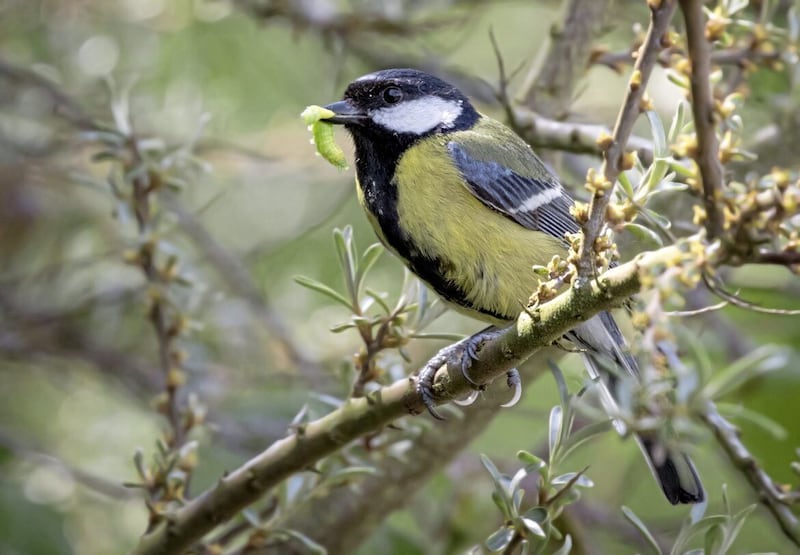RECENT agreements brokered between governments at the Cop15 biodiversity summit in Montreal have included the term 'nature positive'. It is hoped the phrase will gain similar widespread usage as 'carbon neutral' and 'net zero', which have increased awareness around the climate crisis and how it might be abated. 'Nature positive' relates to those actions we can take, collectively or individually, to halt habitat loss and foster greater biodiversity. On a micro level, we should encourage more wild creatures into gardens and outdoor spaces, providing food, shelter and breeding grounds for a wide variety of species.
The Royal Horticultural Society has shared its 10 top tips that gardeners can put into action now to help wildlife in the year to come:
1. Add a pond – Design one to fit your garden, from bin lid bird baths to full blown wildlife ponds. Let them fill with rainwater over the winter months and your pond will become an oasis for wildlife, particularly during droughts.
2. Add trees that feed – Planting berry-covered species such as holly, pyracantha and crabapple trees provides a winter feast for birds – berries are especially important in winter when other food sources have died off or frozen over.
3. Find a new pollinator-friendly plant – Enhance your garden's insect life and record the various visitors to the flowers on the Pollinator Monitoring Scheme's FIT count app. Whilst native plants support a greater abundance of invertebrates, adding some of our favourite non-native plants to the mix can help ensure there's something flowering throughout the year.
4. Put up a bird or bat box – As our houses have changed over the years there are fewer gaps that bats and birds, including sparrows and swifts (both declining species) can use to breed and rest.
5. Build a compost heap – Not only does this provide a free source of mulch for the garden and recycle waste, your heap will soon be full of animal life. If you're lucky you might get a visiting eye-catching metallic green rose chafer beetle.
6. Create a log pile – Your pile will act as shelter and food for a huge range of species, particularly invertebrates. You might get colourful longhorn beetles and once you've attracted invertebrates, other wildlife will follow.
7. Make your garden a mosaic of habitats – Use a range of plants and vary the height and density of your planting. This can include leaving parts of the lawn to grow long and letting flowers appear to provide food for pollinators, and planting a tree – there are varieties available for all garden sizes, and species like hawthorn and hazel are particularly beneficial for wildlife.
8. Improve access – If you need to replace a fence, consider a hedge instead, or provide some gaps in the bottom for wildlife. Hedges provide nesting space, food and act as corridors for species including hedgehogs as they move and forage in your area.
9. Share tips with friends and neighbours – You could work together to make your street hedgehog-friendly or speak to neighbours about low-impact directional lighting on timers to help nocturnal creatures. If you club together you could buy a moth trap and investigate the species using your gardens;
10. Don't be too tidy – Fallen leaves, dead stems and decaying timber can be food or homes for many animals as well as fungi which will help with nutrient recycling in the garden.









